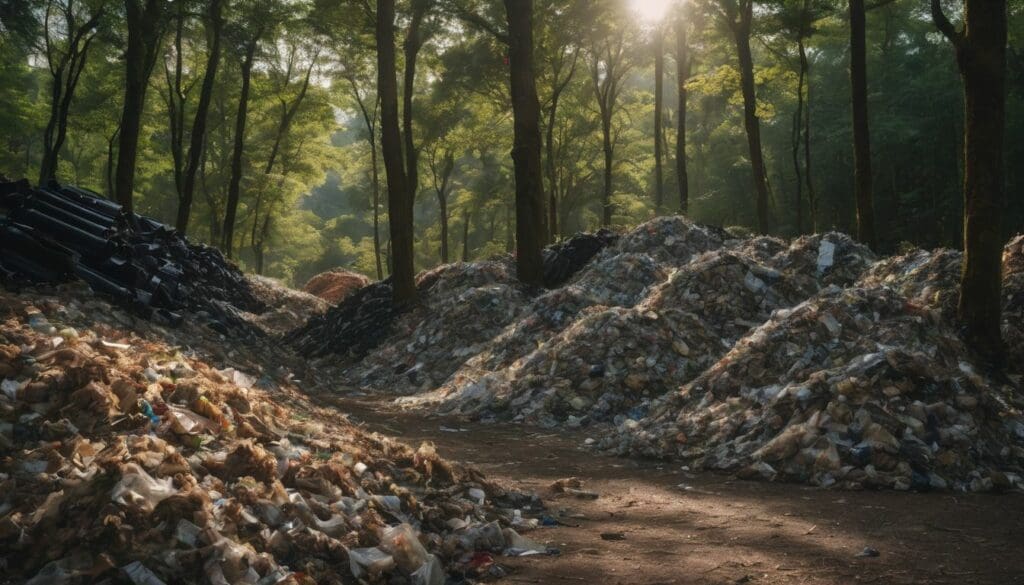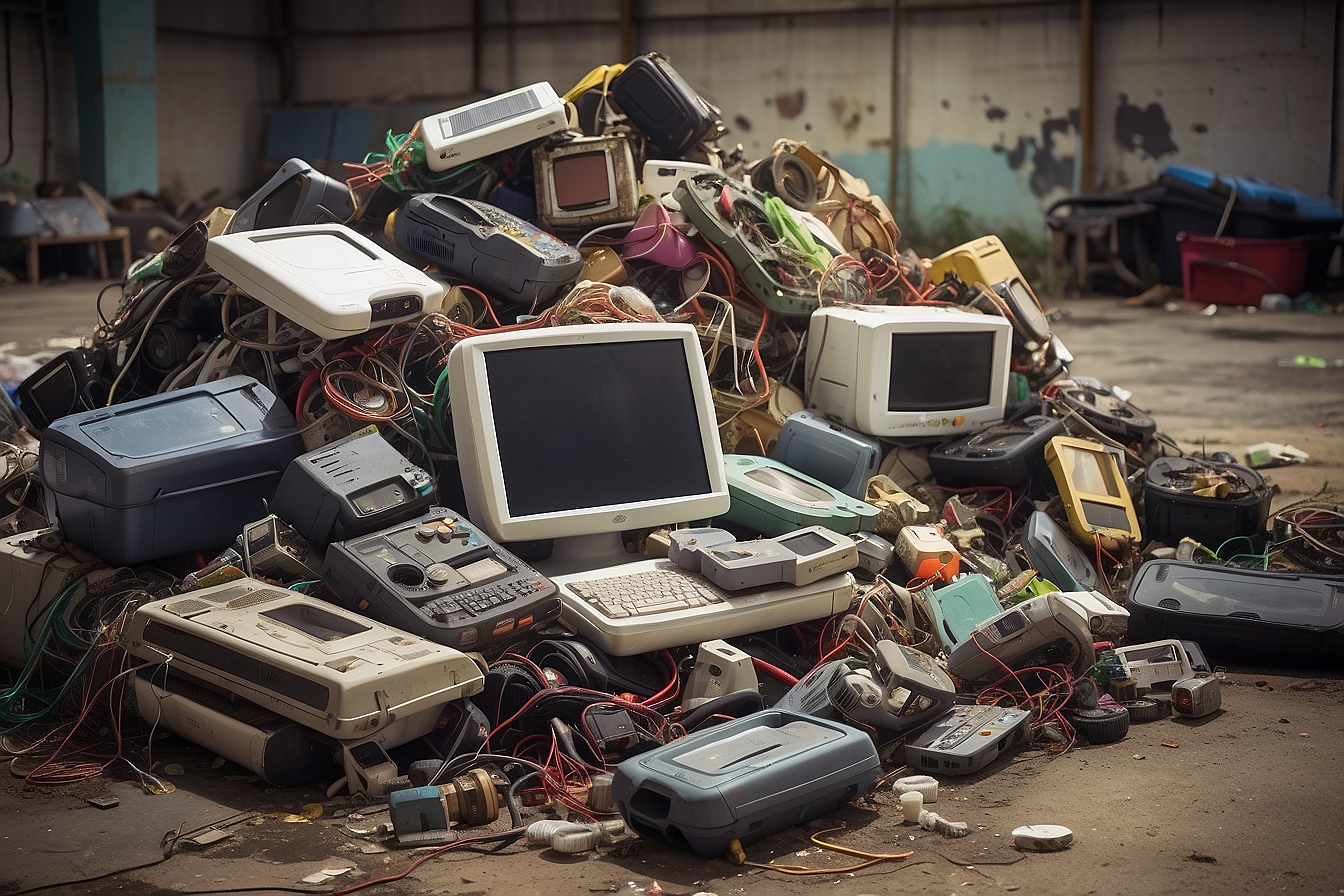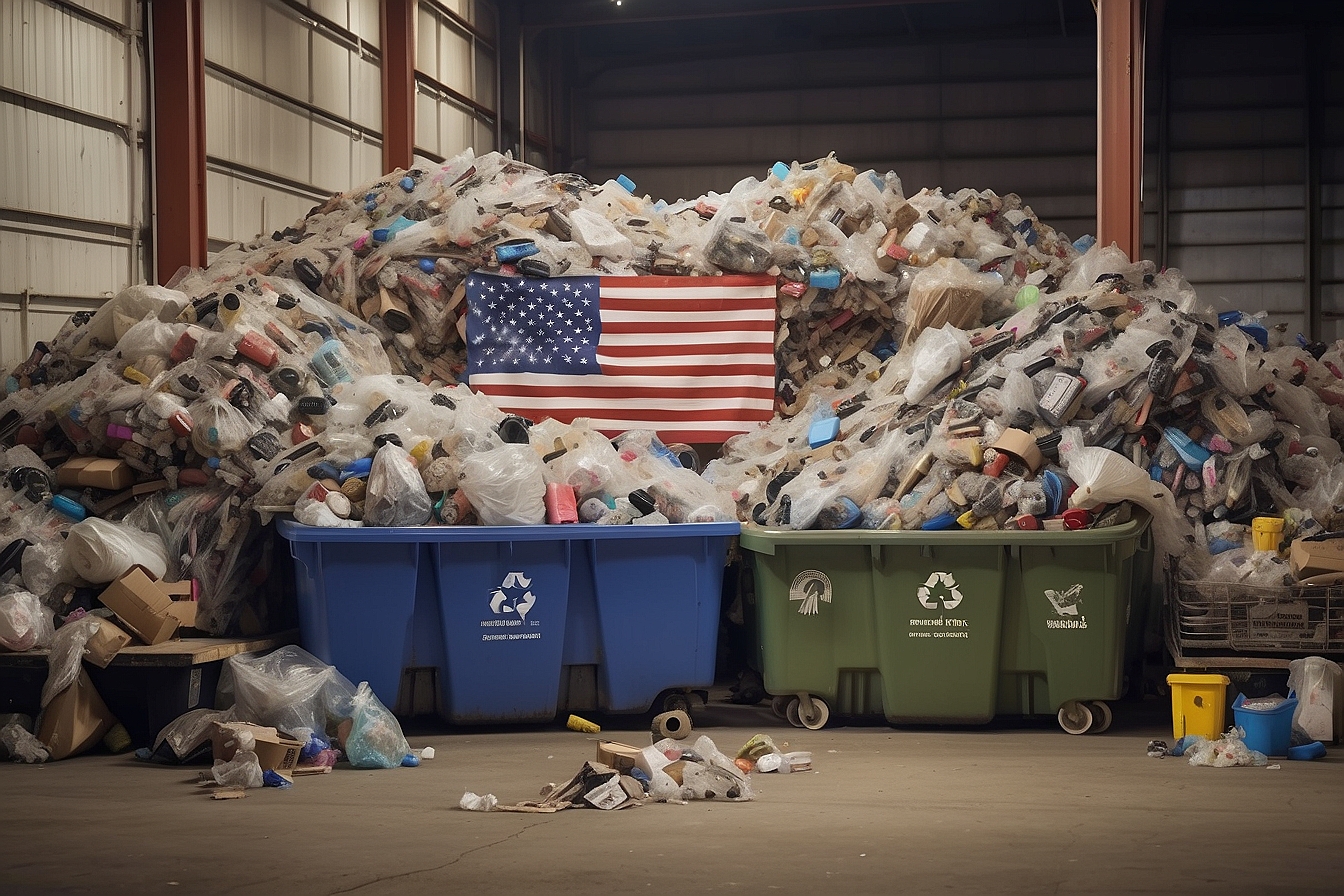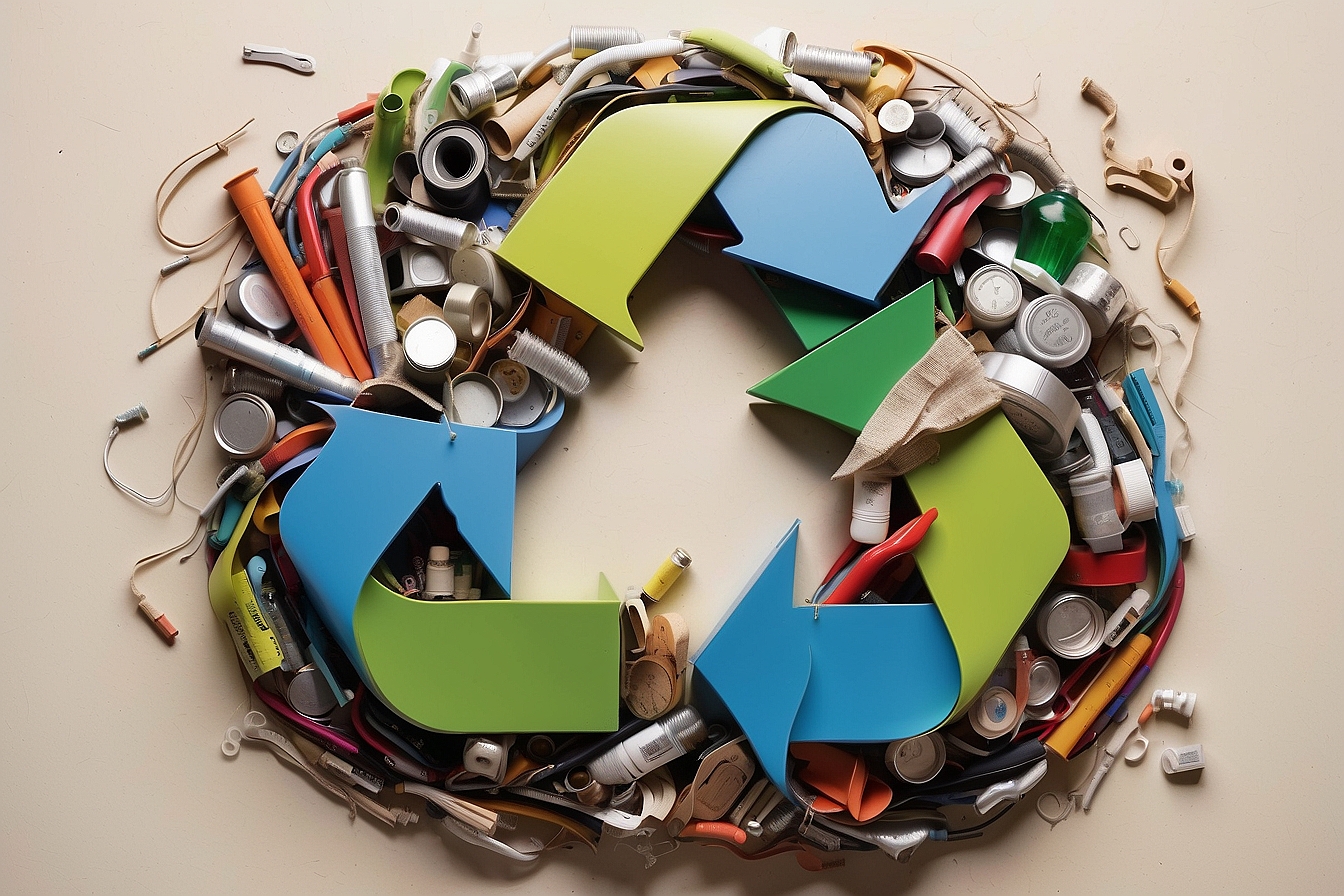Each day presents us with a myriad array of choices, all of which leave an indelible print on the fabric of our environment. You know that moment—standing at the crossroads of waste disposal, bins demanding your allegiance to ‘recyclable’ or ‘non-recyclable’, with a small seed of doubt sprouting in your mind? Rest assured, this is a shared experience—a collective hiccup in our quest for greener pastures.
Fear not, for we are about to embark on a journey through the maze of biodegradable and non-biodegradable materials. We’ll peel back the layers of jargon so you may navigate these waters with ease.
Let’s roll up our sleeves and demystify sustainability together!
Key Takeaways
- Biodegradable items decompose with the help of microorganisms, turning into natural substances that benefit the earth. This process helps reduce landfill waste and pollution while using renewable resources.
- Non – biodegradable products like plastic bags cannot break down naturally, leading to environmental harm such as wildlife endangerment, overflowing landfills, and water contamination due to toxic chemicals.
- Choosing biodegradable materials over non – biodegradables is essential for environmental conservation; it reduces our carbon footprint and supports a sustainable cycle of renewal.
Understanding the Difference
Biodegradable substances decompose naturally, while non-biodegradable substances do not break down and can linger in the environment for many years. This fundamental difference has significant implications for waste management and environmental impact.
Biodegradable substances decompose naturally
We often overlook the silent process of decomposition that happens all around us. Yet, this natural breakdown is crucial for keeping our planet clean and green. Substances considered biodegradable can disintegrate into simpler substances over time, thanks to microorganisms such as bacteria and fungi.
These ecofriendly helpers work tirelessly to transform discarded organic matter like food scraps, paper, and certain types of packaging into compostable elements.
In our gardens and compost bins, we witness this magic firsthand. Leaves, vegetable peelings, and even dead insects become part of the soil again in a sustainable cycle of renewal.
By choosing degradable materials whenever possible, we support waste management strategies that align with nature’s own methods. It’s a conscious choice for an ecoconscious lifestyle – opting for products that won’t linger for centuries but will gracefully return to the earth from whence they came.
Non-biodegradable substances do not decompose
Non-biodegradable substances do not decompose over time, leading to a build-up of waste in the environment. These materials include items such as plastic bags, Styrofoam containers, and certain types of metal.
Consequently, they can persist in landfills for hundreds or even thousands of years without breaking down naturally.
This persistence poses significant environmental challenges since non-biodegradable substances contribute to pollution and harm ecosystems. Their accumulation can also lead to overcrowded landfills, further exacerbating the problem.
Environmental Impact
Biodegradable substances have a positive environmental impact as they naturally break down, reducing waste and pollution. On the other hand, non-biodegradable substances can cause harm to the environment by releasing toxic chemicals and contributing to landfill waste.
Biodegradable is environmentally friendly
Biodegradable products break down naturally, reducing the amount of waste in landfills and decreasing pollution. They are made from renewable resources, aiding in conserving natural resources and ecosystems.
Using biodegradable items supports a healthier environment by minimising harmful emissions during production and disposal.
Non-biodegradable materials negatively impact the environment due to their inability to decompose. Choosing biodegradable options over non-biodegradable ones can significantly reduce the carbon footprint, helping protect our planet for future generations.
Non-biodegradable can cause pollution and harm the environment
Non-biodegradable substances like plastic bags and styrofoam take hundreds of years to decompose, filling up landfills and leaching harmful chemicals into the soil. This pollution poses a threat to wildlife, as animals often mistake non-biodegradable items for food, leading to illness or even death.
Furthermore, non-biodegradable materials contribute significantly to ocean pollution and harm aquatic ecosystems.
Toxic chemicals from non-biodegradable waste can also seep into groundwater, contaminating water sources and endangering human health. The accumulation of these pollutants in the environment has far-reaching consequences that require urgent attention and action for sustainable solutions.
Conclusion
In conclusion, biodegradable substances break down naturally, helping to reduce waste and minimise environmental impact. Non-biodegradable materials do not decompose easily and can lead to pollution, posing a threat to the environment.
Choosing biodegradable options whenever possible can make a positive difference in preserving the planet for future generations. It’s important for each of us to consider the long-term effects of our choices on the environment and opt for sustainable alternatives.
FAQs
1. What does biodegradable mean?
Biodegradable describes materials that break down naturally into non-toxic substances with the help of microorganisms, such as bacteria and fungi.
2. How is non-biodegradable different from biodegradable?
Non-biodegradable items do not easily disintegrate through natural processes, often remaining in the environment for many years and potentially creating hazardous waste.
3. Can both biodegradable and non-biodegradable materials be recycled?
Whilst recyclable biodegradable items can decompose after being disposed of, only certain non-biodegradable materials are suitable for recycling to prevent them from becoming long-lasting waste.
4. Are all disposable items considered to be biodegradable?
No, disposable simply means an item is meant to be used once before throwing away; it could be either biodegradable or non-biodegradable depending on the material it’s made from.





